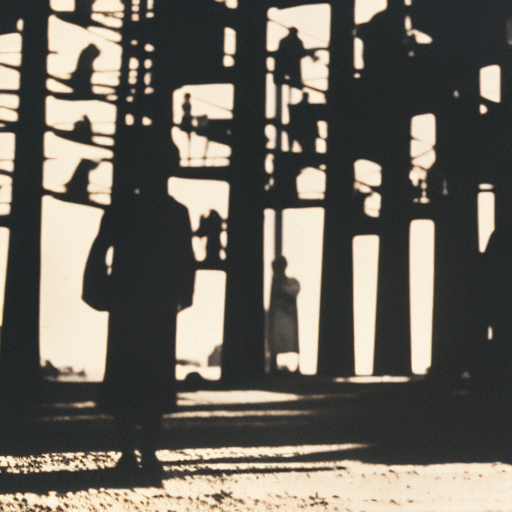Summary:
The Spanish Civil War was a conflict that took place in Spain from 1936 to 1939. It was fought between the Republicans, who were loyal to the Spanish Republic, and the Nationalists, led by General Francisco Franco. The war was a result of political and social tensions in Spain, with the Republicans representing a coalition of left-wing groups and the Nationalists advocating for a right-wing authoritarian regime. The war ended with the victory of the Nationalists, establishing Franco as the dictator of Spain until his death in 1975.
Background:
In the early 20th century, Spain experienced political instability and social unrest. The monarchy was overthrown in 1931, leading to the establishment of the Second Spanish Republic. However, the country remained divided along ideological lines, with conservatives and liberals clashing over issues such as land reform, workers’ rights, and regional autonomy. These divisions deepened during the Great Depression, exacerbating economic hardships and political tensions.
Causes:
The Spanish Civil War was sparked by a military uprising against the Republican government in July 1936. The Nationalists, led by General Francisco Franco, sought to establish a right-wing authoritarian regime. They were supported by conservative elements within the military, the Catholic Church, and fascist powers such as Nazi Germany and Fascist Italy. On the other hand, the Republicans consisted of a diverse coalition of left-wing groups, including socialists, communists, and anarchists. They aimed to defend the Spanish Republic and implement social and political reforms.
Course of the War:
The Spanish Civil War was marked by intense fighting and brutal tactics employed by both sides. The Nationalists quickly gained control of large parts of Spain, while the Republicans held onto major cities and industrial regions. The war saw the extensive use of air power, with the German Luftwaffe and Italian Aviazione Legionaria supporting the Nationalists, and the Soviet Union providing assistance to the Republicans. The conflict also witnessed the first large-scale use of tanks and the bombing of civilian populations.
International Involvement:
The Spanish Civil War attracted international attention and involvement. The Nationalists received military aid from Nazi Germany and Fascist Italy, who saw the conflict as an opportunity to test their new weapons and tactics. The Republicans, on the other hand, received support from the Soviet Union and international volunteers, known as the International Brigades, who came from various countries to fight against fascism. The war became a proxy battleground for the ideological struggles of the time, with foreign powers using Spain as a testing ground for their military capabilities.
Outcome:
The Spanish Civil War ended in April 1939 with the victory of the Nationalists. General Franco established a dictatorial regime that lasted until his death in 1975. The war resulted in the deaths of hundreds of thousands of people and caused widespread destruction. It also had long-lasting political and social consequences, as Franco’s regime suppressed political dissent, curtailed civil liberties, and implemented conservative policies. The war also served as a precursor to World War II, with the involvement of Nazi Germany and Fascist Italy foreshadowing the alliance that would later form the Axis powers.
Legacy:
The Spanish Civil War remains a significant event in Spanish history. It continues to shape political and social discourse in the country, with debates over the war’s causes, consequences, and the legacy of Franco’s regime. The war also had a profound impact on European and international politics, serving as a warning of the dangers of fascism and the consequences of ideological polarization. The conflict is remembered for its brutality and the international solidarity it inspired, as well as for the sacrifices made by those who fought for their respective causes.












